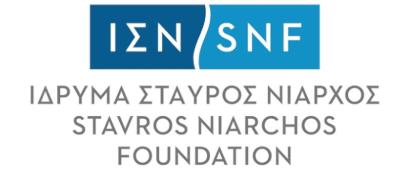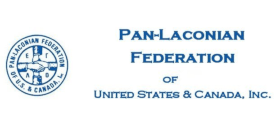Based on Pausanias' account and in the search of the famous monuments of the Laconian territory, the travelers of the 18th and 19th centuries, between them William Leake and Charles Lenormant, in 1805 and 1829 respectively, identified the low hill, where the chapel of Ag. Kyriaki had been erected, as the spot where the sanctuary of Apollo was once found. The first who recognized architectural members of the sanctuary's monuments, fitted in the walls of the old church, was Adolf Furtwängler in 1878.
The systematic research for the scientific documentation and the unveiling of the sanctuary and its principal monuments, such as the throne, the altar and the peribolos, was conducted in three periods: In the periods 1889/90 and 1904/07 from of Christos Tsountas and Ernst Fiechter respectively, under the auspices of the Archaeological Society at Athens, and in 1925 from the German Archaeological Institut, under the directorship of Ernst Buschor.
Among the most important discoveries of Tsountas were the precinct wall and the remains of a circular building, which he interpreted as the foundations of the base of the throne. In direct adjacency to this construction, Tsountas found a deposit with material that is considered characteristic for the early period of the sanctuary, such as pottery and terracotta figurines from the Bronze Age and the Geometric period, as well as bronze figurines, some of which portray Apollo.
Fiechter plan
The sanctuary becomes once again the object of a new excavation in 1904, under the supervision of Adolf Furtwängler. Three years later a second German excavation was carried out by the assistant of Adolf Furtwängler, Ernst Fiechter, who published the relevant research conclusions in 1917. Based on these conclusions of his excavation work, Fiechter justifiably came to the conclusion that what Tsountas had identified as the foundations of the throne were actually the remains of a circular altar with a superstructure. Just as Furtwängler had done earlier, Fiechter also expressed the opinion that the position of the throne would have been on the spot that the church was found at that time. In order to confirm the validity of this conclusion, Fiechter proceeded to demolish Agia Kyriaki, and thus was revealed the unique and still visible section of the throne’s construction. This work also led to the discovery of other architectural artifacts, such as decorative bands with anthemia and lotus flowers, parts of epistyle, shafts as well as capitals of columns-consoles that combine elements of the Doric and the Ionian rhythm. All these findings were dated by Fiechter at the end of the 6th century B.C. With that same ancient material, however, a modern church was erected in that period, north of the archaeological area, this time on the foundations of a Byzantine building, which had already been revealed by Tsountas and was identified by him as a baptisterion.
Buschor plan
A third German excavation in the sanctuary of Amykles took place in 1925, under Ernst Buschor. Based on the conclusions gathered from the analysis of the stratigraphy outside the southeastern corner of the precinct, Buschor attempted to substantiate the chronological sequence of the sanctuary. However, from an in-depth analysis of the fragments of the vessels depicted in his publication, it results that the shards cannot be attributed to the corresponding chronological phases that he proposes and that, consequently, the stratigraphy in Amyklaion cannot be considered regular.










